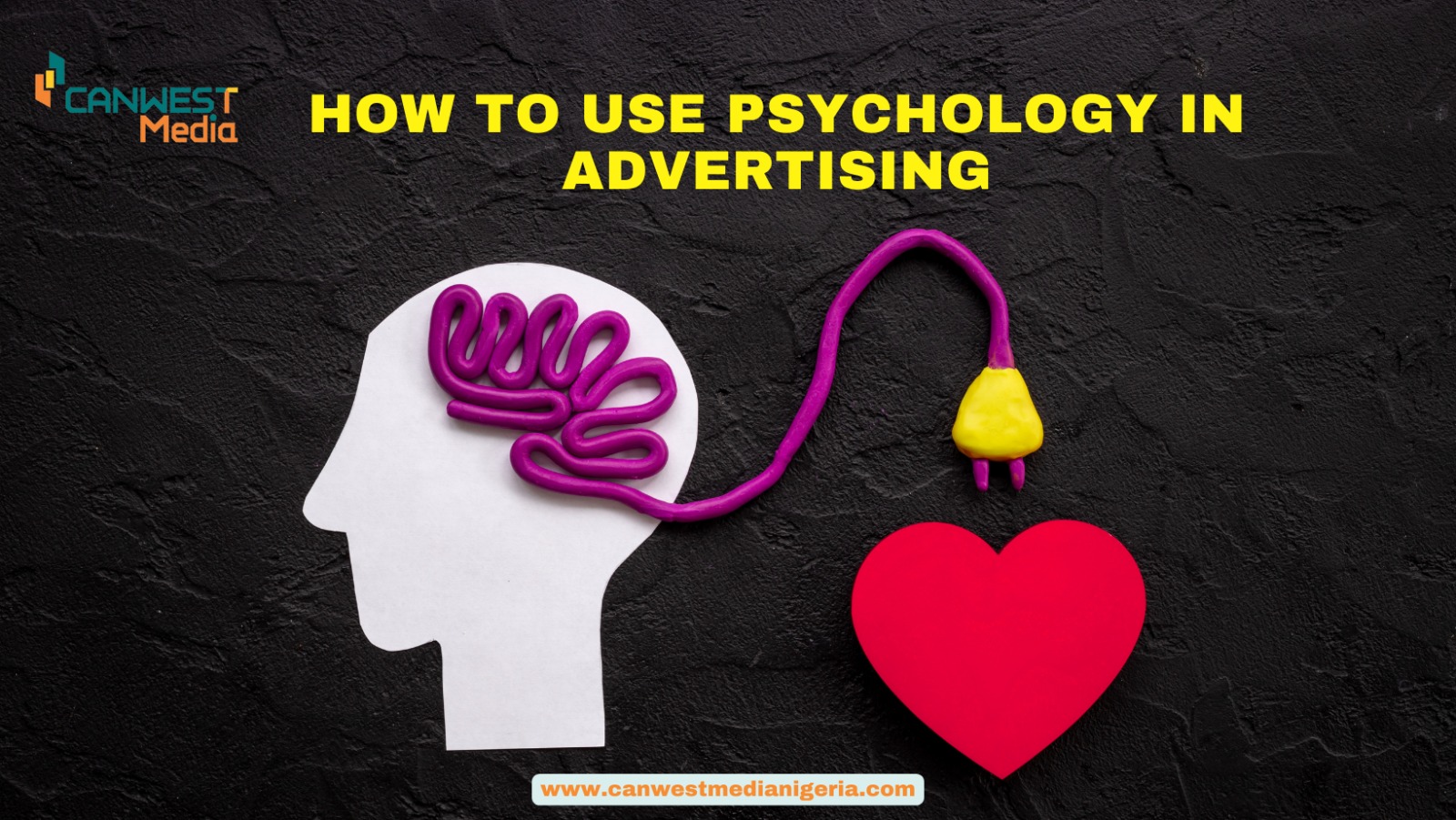
How to Use Psychology in Advertising
The art of advertising has evolved significantly over the years, with modern strategies increasingly incorporating psychological principles to influence consumer behaviour. By understanding how people think, feel, and make decisions, advertisers can create more effective campaigns that resonate with their target audience. Here, we explore several key ways in which psychology can be leveraged to enhance advertising effectiveness.
Understanding Consumer Motivation
At the heart of any successful advertisement is a deep understanding of what motivates consumers. Abraham Maslow’s Hierarchy of Needs is a useful framework for this purpose. It categorises human needs into five levels: physiological, safety, love and belonging, esteem, and self-actualisation. Advertisers can tailor their messages to address these needs. For instance, a security company might emphasise safety and protection, appealing to consumers’ desire for security, while a luxury brand might focus on esteem and self-actualisation, highlighting exclusivity and personal achievement.
The Power of Emotional Appeal
Emotions play a crucial role in decision-making processes. Advertisers often use emotional appeal to create a strong connection with their audience. Positive emotions such as happiness, love, and excitement can foster a favourable impression of a product or brand. On the other hand, fear and guilt can also be effective, particularly in public service announcements or health-related campaigns. These emotions can motivate people to take action, such as quitting smoking or driving safely.
Utilising Social Proof
Social proof is a psychological phenomenon where people look to others to determine their own behaviour. In advertising, this principle can be utilised by showcasing testimonials, reviews, and endorsements. When potential customers see that others have had positive experiences with a product, they are more likely to trust and purchase it. Celebrity endorsements are a popular form of social proof, as celebrities’ opinions can influence their fans. However, even everyday user reviews and ratings on e-commerce platforms can significantly impact purchasing decisions.
Scarcity and Urgency
The principles of scarcity and urgency tap into the fear of missing out (FOMO), a powerful motivator. Advertisements that highlight limited-time offers or low stock levels can create a sense of urgency, prompting consumers to act quickly. Phrases like “Limited Edition” or “Only a Few Left in Stock” make products seem more desirable by suggesting they are in high demand and may not be available for long. This technique leverages the psychological principle that people value rare items more highly.
Consistency and Commitment
The principles of consistency and commitment, derived from Robert Cialdini’s work on influence, suggest that people are more likely to follow through with actions that align with their previous commitments and beliefs. Advertisers can use this by encouraging small initial commitments from consumers, such as signing up for a newsletter or trying a free sample. Once consumers have committed to these small actions, they are more likely to continue engaging with the brand and make larger purchases in the future.
Colour Psychology
Colours have a profound impact on perception and behaviour, a concept known as colour psychology. Different colours can evoke different emotions and associations. For example, blue is often associated with trust and calmness, making it a popular choice for banks and healthcare providers. Red can evoke excitement and urgency, which is why it is often used in clearance sales and fast-food advertising. By carefully selecting colours, advertisers can influence how their messages are received and interpreted.
Integrating psychological principles into advertising strategies can significantly enhance their effectiveness. By understanding and leveraging consumer motivations, emotional appeal, social proof, scarcity, commitment, colour psychology, and storytelling, advertisers can create campaigns that not only capture attention but also drive consumer behaviour. As the field of psychology continues to evolve, so too will the strategies that harness its power in the world of advertising.
